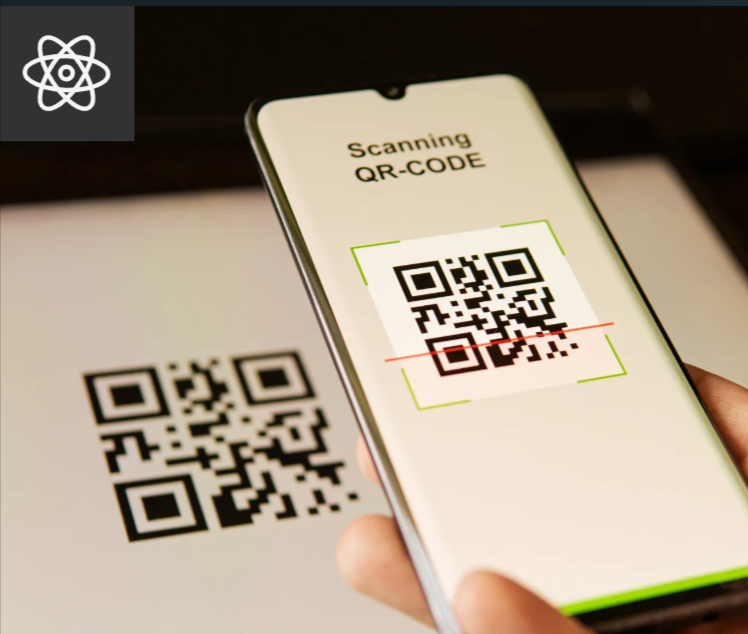Streamlining your Business Needs with a Barcode System

Strong 8k brings an ultra-HD IPTV experience to your living room and your pocket.
An inefficient inventory management system can make it difficult to track products along the supply chain, making it difficult to monitor stock levels and react to market demands.
A barcode system becomes a strong alternative, providing a dependable way to understand and handle complex inventory control problems. Each product is assigned a unique barcode, transforming it into a distinct identifier. This uniqueness allows for precise tracking of individual items. Additionally, it mitigates the risks associated with manual methods where similar-looking or similarly named products might be confused.
The barcode acts as a digital fingerprint for each product, ensuring identification accuracy. Furthermore, in the context of SKUs, barcodes provide the required standardization by creating a uniform method for identifying and managing diverse product lines. This simplifies the tracking process, even in environments with high product variation.
Benefits of a Barcode System for Businesses
1. Increased Productivity
Manual data entry and tracking processes can be time-consuming, diverting valuable human resources from more strategic and impactful tasks. By automating repetitive operations, a barcode system can be implemented and lead to higher productivity.
Employees can use barcode scanners to capture information quickly and precisely instead of manually entering stock data. This speeds up the procedure and frees employees to work on higher-value tasks like product development, client interaction, and strategy planning.
Moreover, the speed and precision of barcode scanning extend beyond inventory management. In scenarios where quick and accurate order processing is paramount, such as retail or e-commerce, barcodes significantly reduce the time and effort required for order fulfillment.
2. Failing Accuracy Rates
Manual inventory tracking techniques, which rely on handwritten records or spreadsheets, are prone to human error and can result in inaccurate stock levels. Incorrect counting, misplaced items, and data entry mistakes can result in a distorted understanding of what is available in the warehouse or on store shelves. If left unaddressed, these inaccuracies can cascade into a series of problems. These problems could range from stockouts that disappoint customers and overstocks that block the capital.
This is where barcodes enter the picture. Employees in retail or e-commerce businesses can swiftly scan products, verify orders, and confidently pack shipments with accurate product information. This streamlined approach enhances the speed of service and minimizes errors in picking and packing. This contributes to an overall smoother and more efficient process.
The result is a business environment where employees are empowered to channel their efforts toward tasks that drive innovation, customer satisfaction, and overall organizational growth.
3. Real-Time Visibility
Real-time visibility into operations is paramount for businesses seeking to stay agile and responsive in a fast-paced marketplace. A telling sign that a business requires real-time visibility is the reliance on outdated or delayed reporting mechanisms.
In contrast, a barcode system provides data for an instantaneous view of inventory levels, sales trends, and other critical data, empowering decision-makers with the timely insights needed to respond promptly to market dynamics. A 2D barcode system is advantageous here because it stores more data than a 1D barcode system. Additionally, robust barcode scanner software would go a long way in ensuring that the extraction and analysis of information is accurate and, thus, reliable.
Real-time visibility can benefit companies with perishable items or complex supply chains. Barcodes facilitate the ongoing tracking of product movements, enabling prompt modifications to distribution plans, reordering procedures, and stock levels. This responsiveness is particularly important in sectors where demand is subject to sharp fluctuations or supply chain interruptions require quick resolution.
4. Integration with Multiple Technologies
The necessity for seamless integration has grown crucial in an era where different technologies are increasingly integrated with business operations. A barcode system is a robust connector if a company wants to streamline its operations across multiple domains. The domains may include enterprise resource planning (ERP), e-commerce, and point-of-sale systems. Due to their adaptability, barcodes can be easily implemented in various areas, promoting a unified and coordinated digital ecosystem.
Conclusion
Investing in a barcode system is about keeping up with technological trends and addressing specific operational needs within your business. If a company faces any challenges mentioned above, it might be time to embrace a barcode system as a strategic business tool.
Note: IndiBlogHub features both user-submitted and editorial content. We do not verify third-party contributions. Read our Disclaimer and Privacy Policyfor details.



